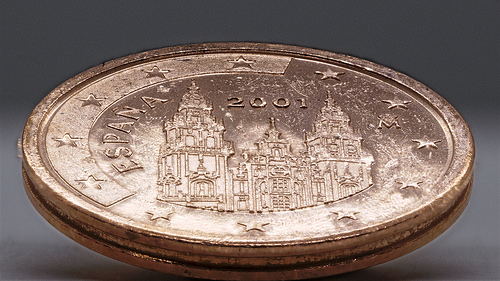
A loan is the amount of money that an individual borrows from a financial institution or a bank for a specified period. A loan is always repaid along with interest.
Currently, loans are the best means of getting finance for purposes such as purchasing a car, construction of a house, education or any other venture requirement. Loans fall under two categories namely: secured and unsecured. When a loan is secure, the borrower must pledge some assets to act as security against the loan. On the contrary, unsecured forms of borrowing, such as personal installment loans, do not have any asset backing them as a security. The lender of an unsecured loan generally approves the loan depending on the paying capacity, income, and creditworthiness of the borrower.
Secured loans
Such kinds of loans are protected by the warranty of some sort or an asset. The item bought, such as a car or house, can act as security while a lien is put on the property. The bank or the finance company will keep the title or deed until the borrower can fully repay the loan, including the interest and other applicable fees. Other items like personal property, bonds, or stocks can be used to secure a loan. If the borrower defaults on the loan, the lender uses the asset to repay the borrowed amount.
Most common types of guaranteed loans include auto loans, mortgages loans in which the item on transaction becomes the surety on the purchasing. For instance, if the borrower fails to repay on time for a car loan; the issuer of the credit finally becomes the owner of the vehicle. When a business or an individual takes out a mortgage, the same property is used to back up the repayment terms. The bank or the lending organization maintains the financial interest in the property until one fully pays the mortgage.
Secured loans and credits mostly are best as they allow one to obtain vast amounts of money. A bank or a financial lender will always be willing to loan a tremendous amount knowing that it will be possible to recover the money within the stipulated time. Once one puts his property or home on the line, the lender has the assurance that the money borrowed will be paid. In addition to this, secured advances typically offer lower rates, longer repayment terms, and higher borrowing limits.
Unsecured loans
On the contrary, unsecured credits are the opposite of secured loan. Unsecured loans include items like education loans, credit card purchases, and personal loans. With unsecured credit, the interest rates are usually high as the lender is taking a risk to give out money without a guarantee that the money will be paid in full.
When one applies for an unsecured credit, the banker or the lending institution believes that the person or business will be able to repay the loan based on their financial resources. The 5 “Cs” of credit are generally used to judge an individual before qualifying for the unsecured form of borrowing. They are capacity, character, collateral, capital, and conditions of the borrower before approving a loan. These factors are used to determine the creditworthiness of the borrower before given credit.
Conditions involve the situation of the borrower including his general economic factors. On the other hand, capital, character, collateral, and capacity are used to determine the willingness of the borrower as well as his ability to repay the loan. Hence, unsecured credit comes with higher interest rates because of the risk that comes along with them.
Well there you have it – the basic differences which separate secured loans from unsecured loans. We hope this has been educational and provides some context to serve you in your financial future.
photo credit: Pascal Volk 2 Euro cent – Spain 2001 via photopin (license)